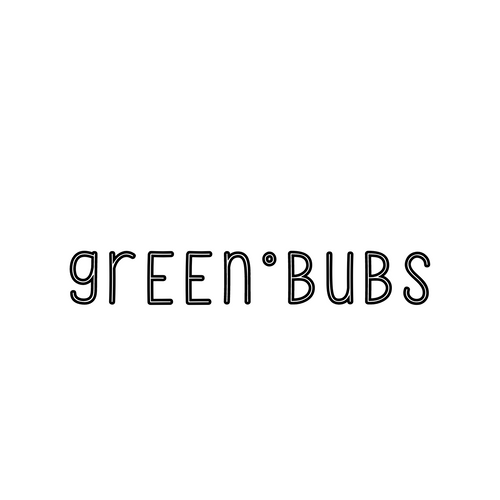
OEKO-TEX® STANDARD 100
Independent OEKO-TEX® institutes conduct extensive lab tests on every product component (eg. dyes, fabrics, threads, buttons, zippers, etc.) to verify that the contained chemicals are harmless to the consumer. The standard measures concentration against limit values for more than 100 substances including known or suspected health-harming chemicals such as:
- Flame retardants
- Carcinogenic and allergy-inducing dyes
- Pesticides
- Chlorinated phenols
- Organic tin compounds
- Chlorinated benzenes and toluenes
- Heavy metals
- Solvents
- Formaldehyde
The standard defines four product classes depending on the intended use. They are
Class 1. Babies and toddlers
Class 2. Direct contact with skin
Class 3. No direct contact with skin
Class 4. Decoration material
Rated from most to least strict, each class sets different requirements (limit values) for the concentration of substances.
The difference between organic and OEKO-TEX® fabric
The main difference between organic and OEKO-TEX® fabrics is that organic fabric has not been tested for harmful substances.
Organic is a reassuring label. And organic certification from a peak body like ACOS should certainly convey the confidence that a producer follows ambitious practices.
But unless a product carries Standard 100 by OEKO-TEX® certification, there is no way to guarantee that it is 100% safe for humans.
When the product touches your skin, you should be confident that every thread, button, zipper, lining and accessory has been rigorously tested for safety. This is particularly important for babies and people with sensitive skin.
The bottom line: parts of products labelled as organic have not necessarily been tested for harmful substances in the same way as products with the OEKO-TEX® Standard 100 Certification are tested.
-----------------------------------------------------------------------------------------------------------
BRANDS we stock that carries the OEKO-TEX Standard 100:
ManyMonths (Class 1)
BMS (Class 1)

